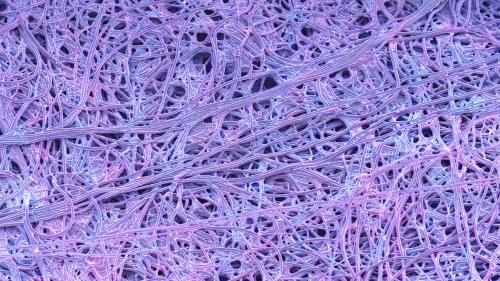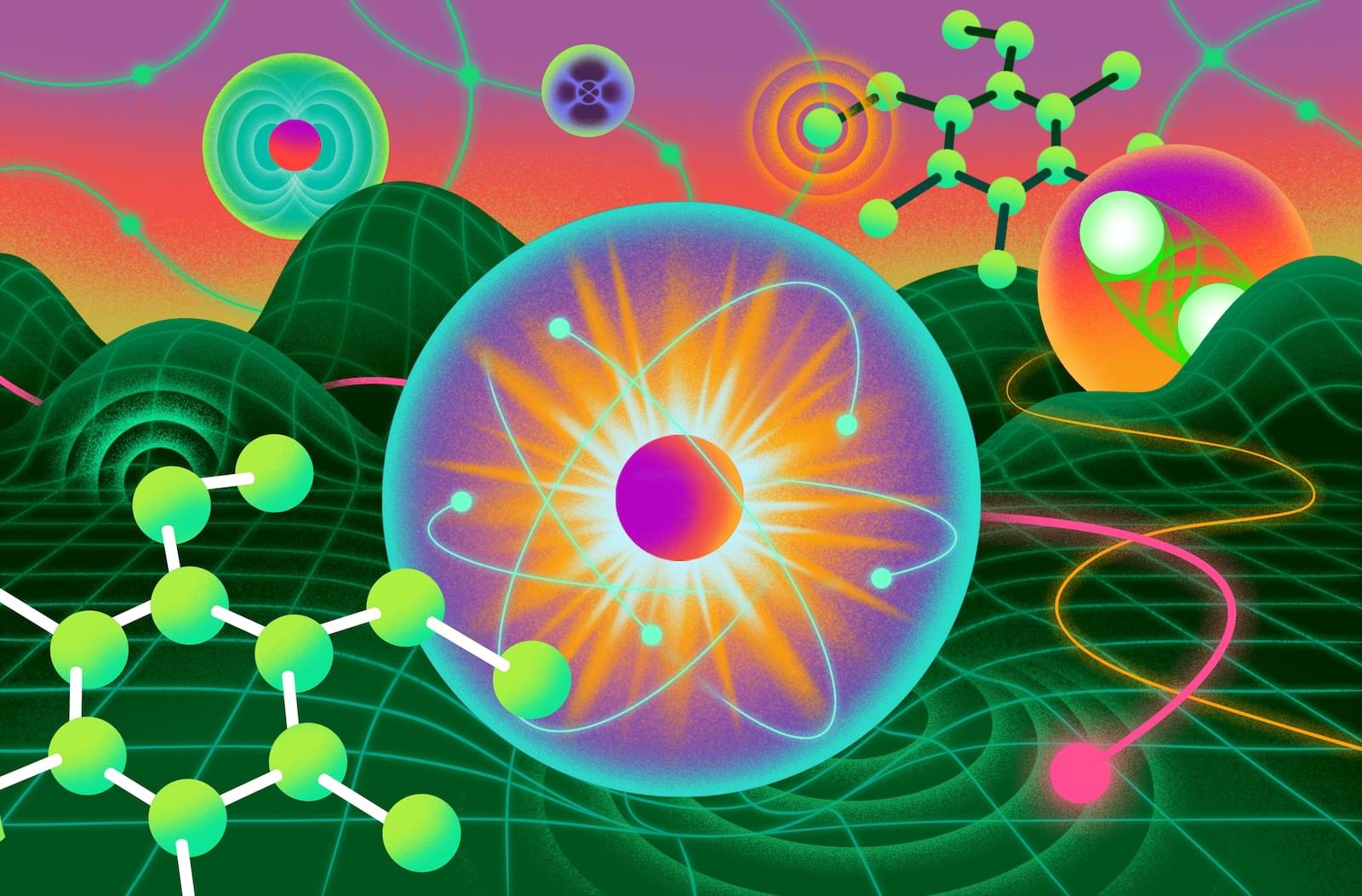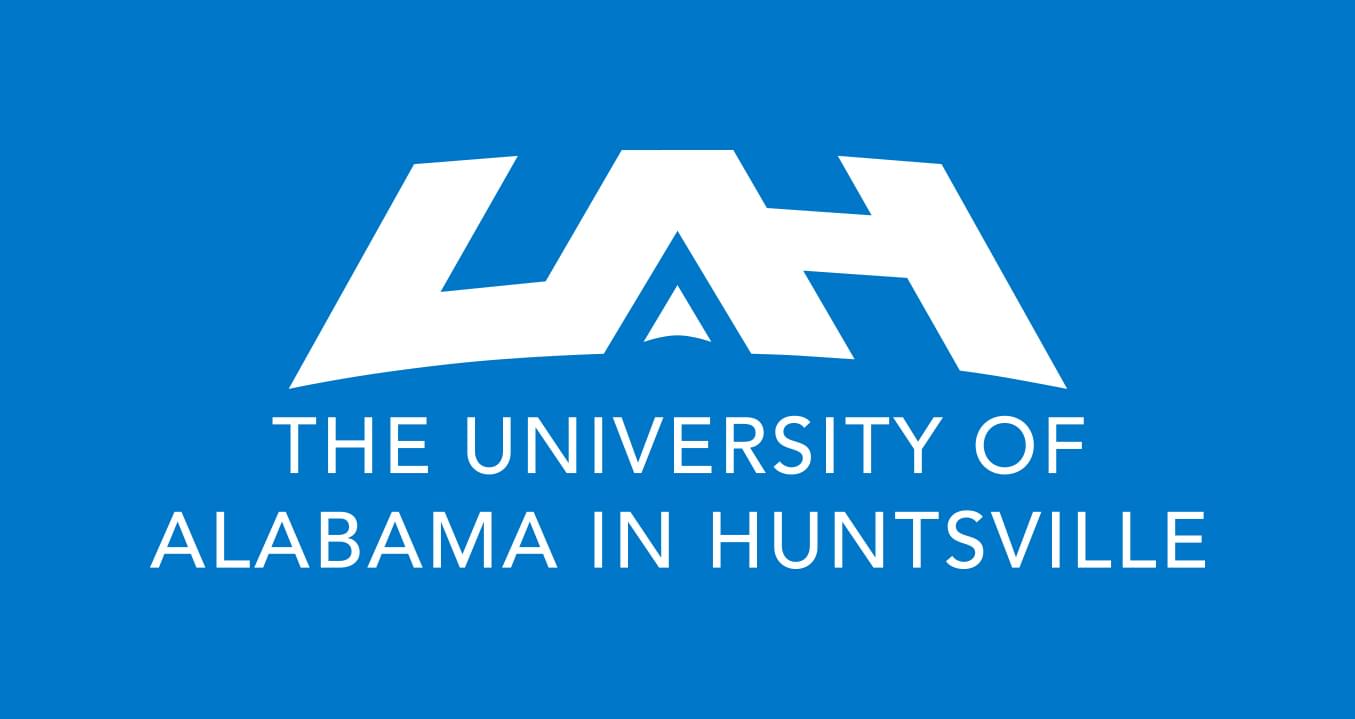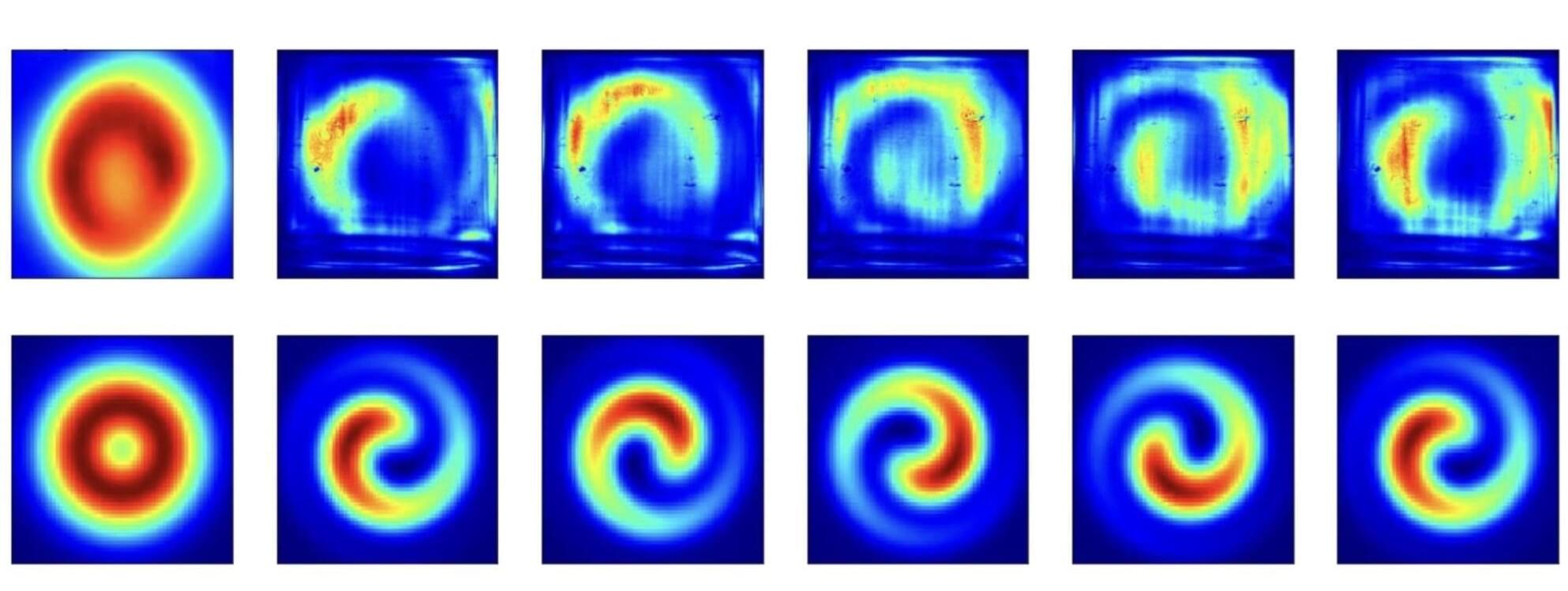This Collection brings together the latest research and commentary on all aspects of silk proteins.



The movement of protons through electrically charged water is one of the most fundamental processes in chemistry. It is evident in everything from eyesight to energy storage to rocket fuel—and scientists have known about it for more than 200 years.
But no one has ever seen it happen. Or precisely measured it on a microscopic scale.
Now, the Mark Johnson lab at Yale has—for the first time—set benchmarks for how long it takes protons to move through six charged water molecules. The discovery, made possible with a highly customized mass spectrometer that has taken years to refine, could have far-reaching applications for researchers in years to come.

Find out how organisations like tobacco and fossil fuel companies sell doubt about science, in order to undermine public trust.
You can watch Naomi’s recent talk about the origin of the plate tectonics theory here: • Rethinking the origin of plate tectonics -… and if you sign up as one of our Science Supporters, see the full Q&A here: • Q&A: Rethinking the origin of plate tecton…
Buy Naomi’s book ‘Merchants of Doubt: How a Handful of Scientists Obscured the Truth on Issues from Tobacco Smoke to Global Warming’ here: https://geni.us/orTZL9D
00:00 Introduction.
0:41 Why do bad actors work to create mistrust in science?
2:26 How do bad actors create mistrust in science?
3:24 How does the fossil fuel industry create mistrust?
5:04 How can we rebuild trust in science and government?
7:50 Does it matter who funds science?
11:52 What role does government regulation play in science?
14:01 How does the concept of freedom affect the climate debate?
Naomi Oreskes is Professor of the History of Science and Affiliated Professor of Earth and Planetary Sciences at Harvard University. She has worked on studies of geophysics, climate change and the history of science. She sits on the board of US based not-for-profit organisations the National Center for Science Education and Climate Science Legal Defense Fund. She is a distinguished speaker and has published 10 books, including Science on a Mission and The Big Myth.
The Ri is on Twitter: / ri_science.



Dr. Richard Lieu, a physics professor at The University of Alabama in Huntsville (UAH), a part of The University of Alabama System, has published a paper in the journal Classical and Quantum Gravity that proposes a universe built on steps of multiple singularities rather than the Big Bang alone to account for the expansion of the cosmos. The new model forgoes the need for either dark matter or dark energy as explanations for the universe’s acceleration and how structures like galaxies are generated.
The researcher’s work builds on an earlier model hypothesizing gravity can exist without mass that has garnered 41,000 reads and numerous citations since its publication in 2024.


A key objective of behavioral science research is to better understand how people make decisions in situations where outcomes are unknown or uncertain, which entail a certain degree of risk.
The ability to predict people’s choices in these situations could be highly advantageous, as it could help to draft effective initiatives aimed at prompting people to make better decisions for themselves and others in their community.
Researchers at Technion (Israel Institute of Technology) and various institutes in the United States recently developed a new computational model called BEAST-GB, which was found to predict people’s decisions in situations that entail risk and uncertainty.

A team led by scientists at the Department of Energy’s SLAC National Accelerator Laboratory have generated a highly exotic type of light beam, called a Poincaré beam, using the FERMI free-electron laser (FEL) facility in Italy, marking the first time such a beam has been produced with a FEL.
The technique could improve how scientists study materials and drive advancements in high-performance technologies, such as next-generation computer chips. The results are published in Nature Photonics.
“This is a significant step forward,” said SLAC scientist and collaborator Erik Hemsing. “Poincaré beams allow us to probe materials in new ways, capturing complex behaviors in one pulse. It’s exciting to think about what researchers will do with this.”